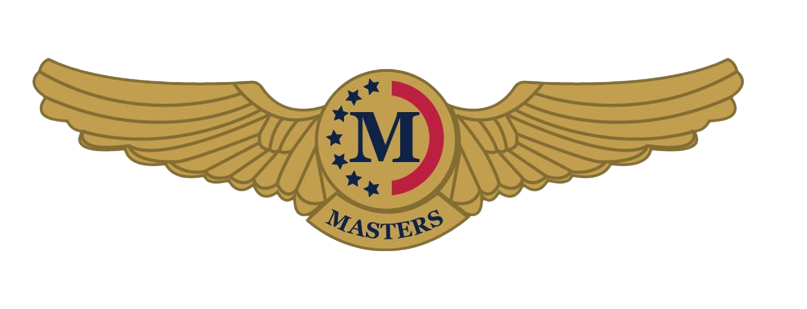ICAO vs. IATA
Reading time: 6 min
The world of aviation is governed by several organizational bodies who work on an international, regional or domestic level. But the most common names that one may come across are IATA and ICAO.
The International Air Transport Association (IATA) and the International Civil Aviation Organization (ICAO) are both international organizations that play important roles in the aviation industry; in this post we will explain what are the differences and similarities in their respective roles.
How the two organizations are similar
It’s easy to confuse these two organizations since they seem quite similar on surface level; both…
- Were founded at similar times in history
- Have an international presence
- Have stated priorities of safety and environmental protection
- Set international standards
- Deal with commercial aviation and passenger travel
- Both are led by a Director General
Main differences
However, the way they go about setting standards, who sets the standards, and what those standards deal with are, for the most part, quite different. First and foremost, the members of IATA are airlines (representing 85% of air traffic), while the members of ICAO are sovereign states.
IATA also:
– Sets industry standards and practices for safety, security, and operational efficiency.
– Develops and maintains global commercial standards and practices for ticketing, baggage, and cargo handling.
– Provides training and consulting services to its members.
– Advocates for the interests of airlines in various regulatory and policy matters.
– Facilitates industry collaboration and cooperation.
While main functions of the ICAO includes:
– Establishing international standards and regulations for aviation safety, security, efficiency, and environmental protection.
– Conducting audits and assessments of member states’ aviation systems to ensure compliance with international standards.
– Facilitating cooperation among member states to enhance civil aviation capabilities.
– Providing technical assistance and training to member states to improve their aviation infrastructure and systems.
– Serving as a forum for member states to discuss and address aviation-related issues.
In the light of the codes
Airport codes are one field where the two organizations overlap (for London Heathrow, IATA’s code is LHR while the ICAO equivalent is EGLL). The variance in these codes highlights the differences between the two organizations: IATA’s airport codes have been developed for use by airlines as they relate to passengers and customers – think boarding passes and flight reservations. For ICAO, its respective list of airport codes is used by pilots and air traffic controllers (or air navigation service providers).
Start your future career in Aviation in an International Company, Just Register Here.
ما را در صفحات اجتماعی دنبال کنید
Follow us on Instagram & LinkedIn:
https://www.instagram.com/agmacademy.ir/
https://www.linkedin.com/company/agm-academy/


All rights reserved for AGM Academy. All redistered signs include the commercial signs are only authorized by AGM Academy.
